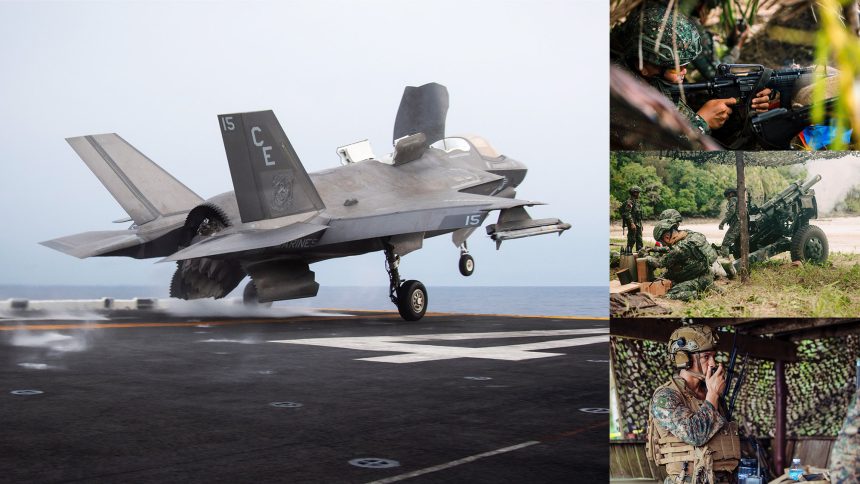U.S. Marines of the 15th Marine Expeditionary Unit (MEU) joined the Philippine 3rd Marine Brigade and other allies in a live-fire coastal defence exercise at Apurawan Beach on Oct. 22, 2024.
Exercise KAMANDAG 8, the eighth in a series of bilateral exercises jointly led by the U.S. Marine Corps and the Philippine Marine Corps, ran from Oct. 15 to Oct. 25, 2024. The exercise featured both offensive and defensive scenarios, seeing forces conduct an amphibious landing to take control of a coastal area before facing a simulated assault designed to test coastal defence and counter-landing techniques. During KAMANDAG 8 the host nations were joined by personnel from the Japan Ground Self-Defense Force, Republic of Korea Marine Corps, Royal Thai Marine Corps, Indonesian Marine Corps, Australian Defence Force, French Armed Forces, and British Armed Forces.
Two F-35B Lightning IIs from Marine Fighter Attack Squadron 225 (VMFA-225), known as the ‘Vikings’, launched from USS Boxer (LHD-4) to respond to reports of landing craft threatening the beach. The aircraft dropped two 500lb GBU-12 Paveway II laser-guided bombs on the targets, destroying the craft several miles from the shoreline. The GBU-12 is one of the most widely used U.S. made guided bombs, with thousands of the weapons having been dropped in combat as far back as the 1991 Gulf War. Laser guidance directs the weapon to the designated target within a circular error probability (CEP) of 1.1 metres.
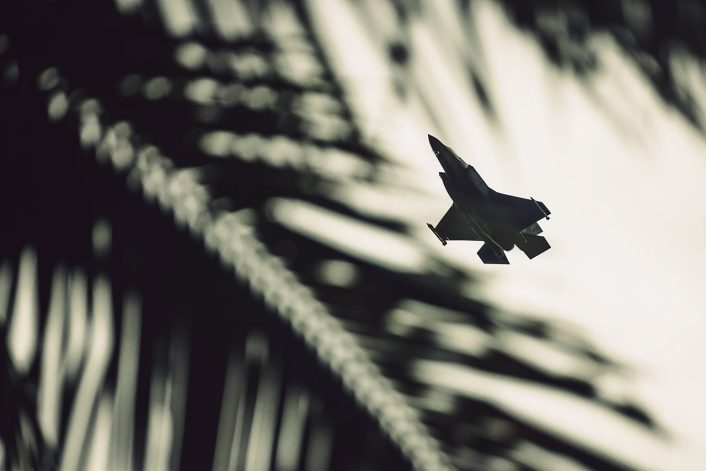
Additional air support was provided by AH-1Z Viper and UH-1Y Venom helicopters from Marine Medium Tiltrotor Squadron 165 (VMM-165), which is the 15th MEU’s Aviation Combat Element. A mixed force of the helicopters were deployed ashore to Antonio Bautista Air Base, one of five bases in the Philippines available for use by the U.S. military under a 2016 Enhanced Defense Cooperation Agreement, to support the exercise. The Vipers and Venoms engaged attacking forces with attack runs utilizing door-mounted guns, 20mm cannons and 2.75in rockets. Both types are able to employ unguided Hydra 70 rockets as well the laser guided AGR-20 Advanced Precision Kill Weapon System (APKWS II) variant.
On the ground, 155mm M777 howitzers landed the previous day from USS Boxer were positioned around the terrain to fire into the engagement area. While the M777s did not conduct live firings during KAMANDAG 8, smaller 105mm guns operated by Philippine forces, and 60mm and 81mm mortars operated by the USMC provided a steady stream of live firing to suppress the simulated invasion.
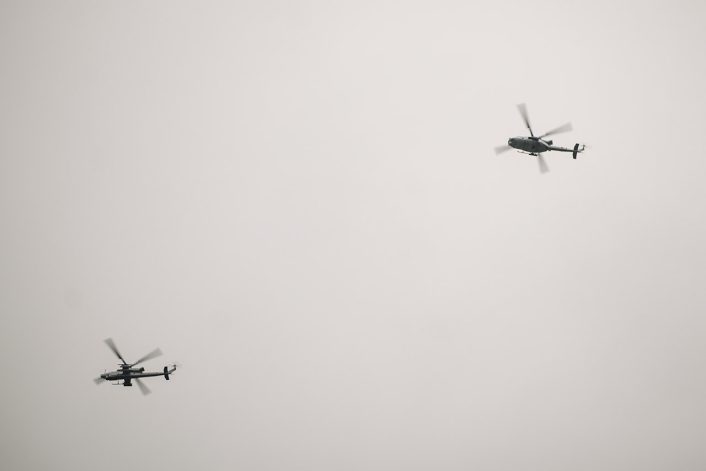
Surface-to-surface Stinger
Marines of the 15th MEU’s Low Altitude Air Defense detachment were deployed ashore with FIM-92 Stinger surface-to-air missiles. A planned defence scenario which would have seen them engage an unmanned target drone at low level with a live round could not proceed due to weather conditions.
Instead, the marines trained their sights on the target boats positioned off the coast. The usually surface-to-air missiles were able to engage the waterborne target and destroy it.

Since entering service in the early 1980s, the FIM-92 has proven a very capable and versatile weapon, and this demonstration is yet another example. Its first combat engagement saw British forces in the 1982 Falklands War hastily outfitted with the missiles. An Argentinian IA 58 Pucará attack aircraft and SA330 Puma helicopter were both downed by Stingers during the conflict.
The Stinger’s subsequent widespread deployment with U.S. and allied forces in various Middle Eastern conflicts, as well as its supply to Afghan Mujahideen forces during the Soviet Afghan War and more recently Ukrainian forces fighting against Russian forces have seen the weapon garner a status of fame in its own right. It has been seen in countless TV and film productions, and is a common feature in military-focused video games.
New variants of the Stinger have replaced obsolescent older models, meaning the system is still produced in large numbers today. An air-to-air variant has equipped various helicopters, and this capability was extended to the MQ-1 Predator UAV to give the vulnerable aircraft a self defence measure while operating over Iraq in the early 2000s. Notably, though the USMC is a major Stinger user, their AH-1Z Vipers were instead integrated with the AIM-9 Sidewinder for their air-to-air capability. Though this ability is rarely used today, it may see a resurgence given the threat from unmanned aerial systems.
Unmanned Threats
Participating forces exchanged expertise on both the operation of and defence against unmanned aerial vehicles. This included well established fixed-wing UAV types like the RQ-20 Puma, as well as new commercial or commercial-like quadcopter UAVs little bigger than the palm of a hand.
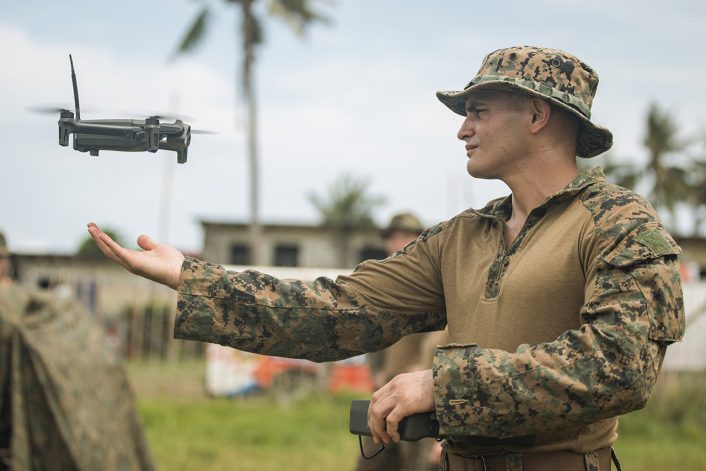
The RQ-20 Puma, developed by AeroVironment, has been in service with U.S. forces since 2008. Initially deployed by U.S. Special Operations Command (USSOCOM), the Puma was soon purchased by other U.S. military branches as well as a wide array of allied nations. A number of the UAVs have been dispatched to Ukraine as part of military aid packages. The most recent variants offer extended ranges up to 60 kilometers, from where it can stream data captured by onboard sensor systems back to its ground control station. It is launched by hand, compact enough for use from ships or by small units in the field.
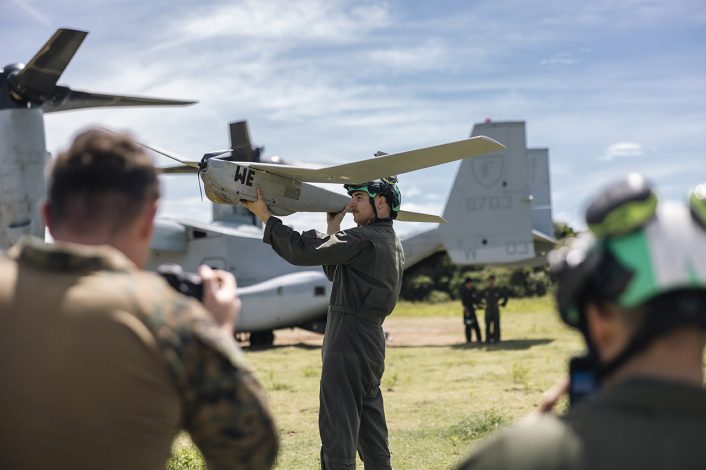
Defending against unmanned aerial vehicles has become a matter of urgent development for many armed forces. The size and expendability of many of these systems often make traditional air defence tactics using projectile-based weapons uneconomical, so various electronic based alternatives are in development to jam or spoof a UAV’s control signals or simply overload its circuits wirelessly.
The Nightfighter S was demonstrated in this role by the U.S. Marine Corps. A man-portable system developed by Steelrock Technologies, the Nightfighter is designed for both civilian and military counter-UAS applications.
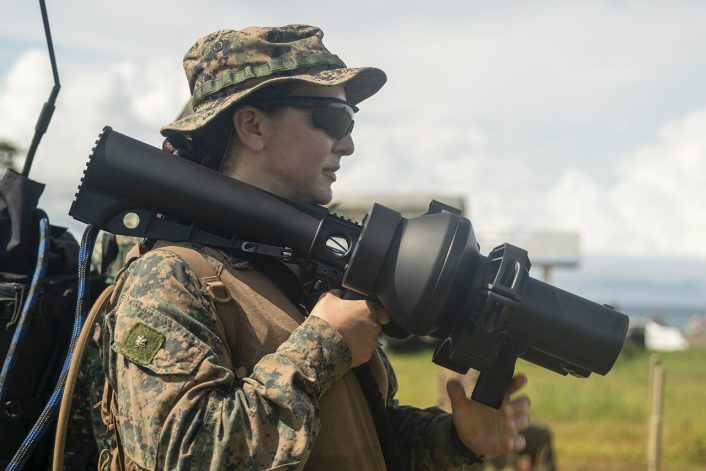
Equipment of this kind is likely to become a standard issue capability for frontline military forces, much like the FIM-92 Stinger and anti-armor weapons such as the AT4 and FGM-148 Javelin.

